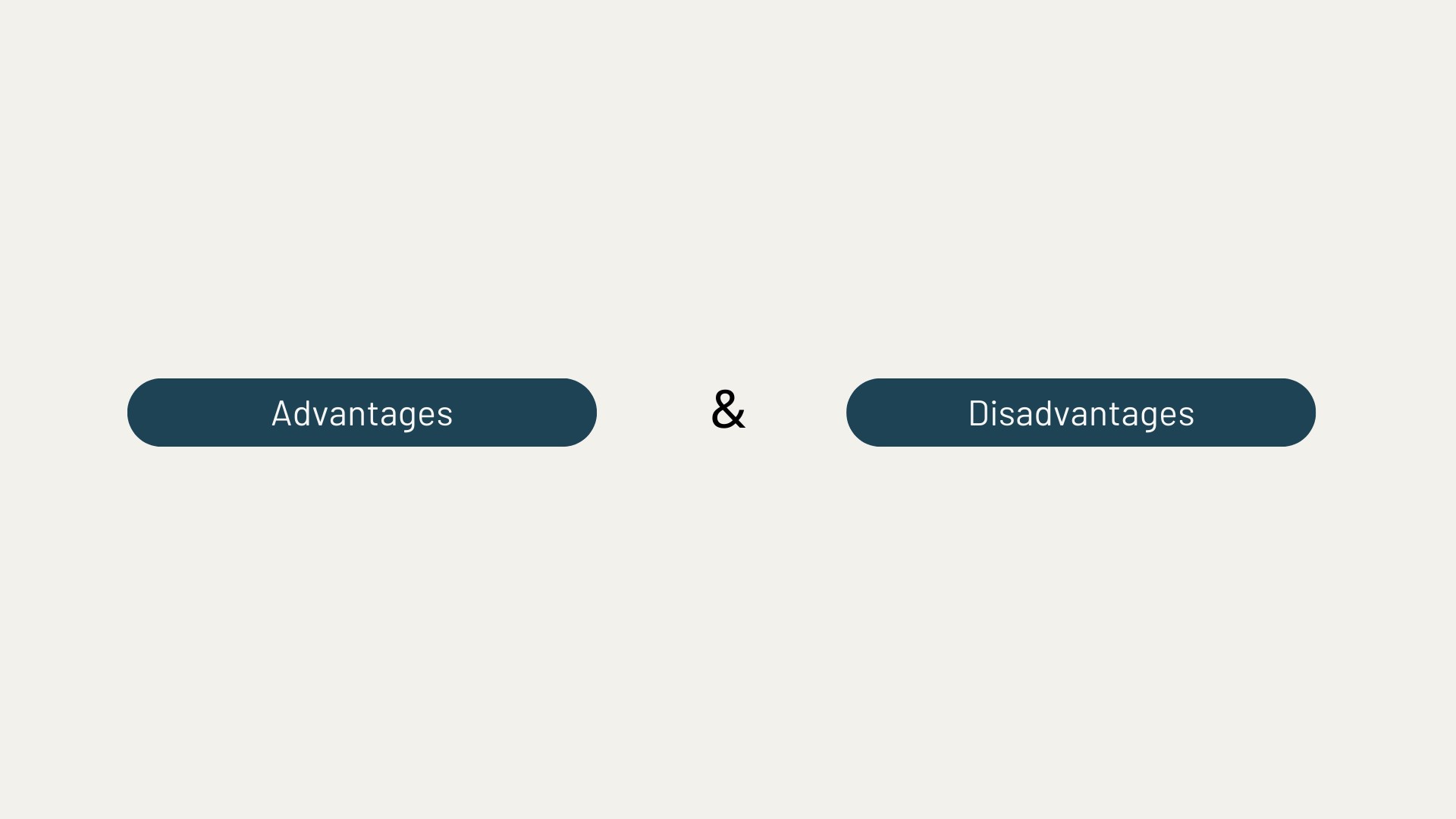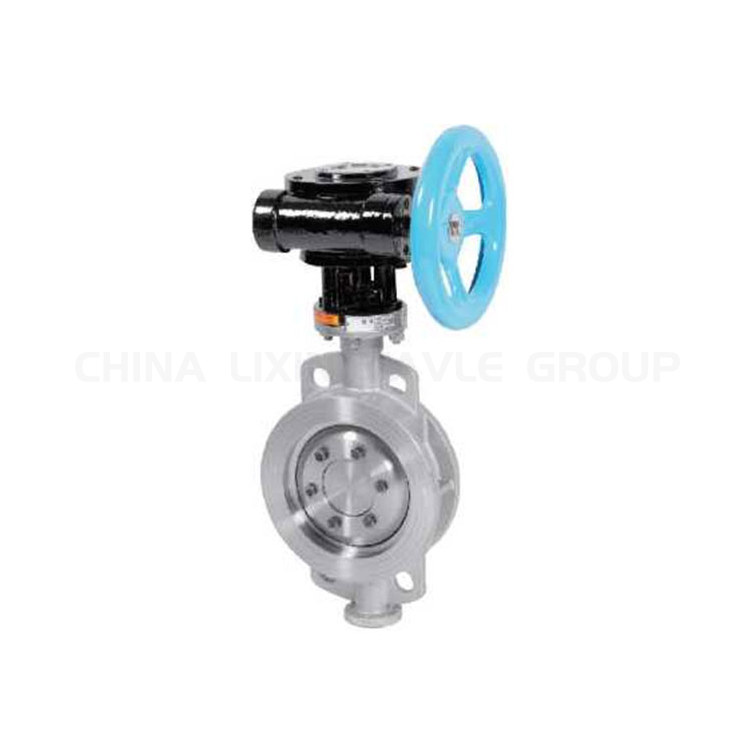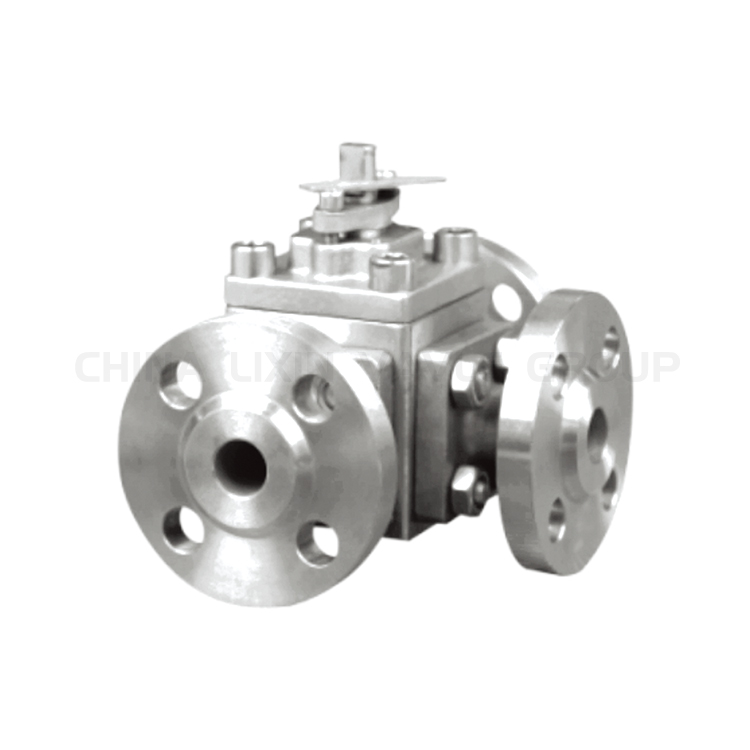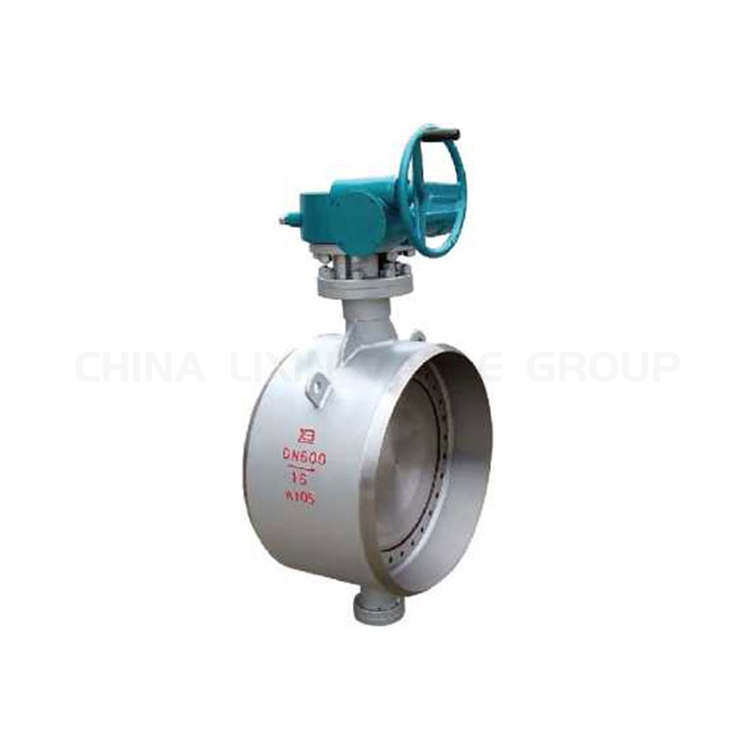Ball Valve vs. Butterfly Valve – Pros, Cons, and Applications
In?the?realm?of?industrial?fluid?control,?ball?valves?and?butterfly?valves?stand?as?two?prevalent?choices?for?isolating,?regulating,?or?
directing?the?flow?of?liquids?and?gases.?While?they?share?some?fundamental?similarities,?these?valves?exhibit?distinct?characteristics?
that?influence?their?suitability?for?different?applications.?This?comprehensive?blog?post?will?delve?into?the?intricacies?of?ball?valves?
and?butterfly?valves,?comparing?their?design,?functionality,?advantages,?and?limitations.?By?the?end?of?this?exploration,?you?will?
gain?a?profound?understanding?of?these?critical?components?and?how?to?make?informed?decisions?when?
selecting?the?appropriate?valve?for?your?specific?requirements.
Design?and?Functionality
Ball?Valve
A?ball?valve,?as?the?name?suggests,?utilizes?a?spherical?ball?as?its?closure?element.?The?ball?is?perforated?with?a?bore?that?aligns?with?
the?direction?of?flow?when?the?valve?is?open.?When?closed,?the?ball?rotates?90?degrees,?blocking?the?flow?path.?Ball?valves?provide?
a?robust?seal?and?can handle?high?pressures?and?temperatures.
Butterfly?Valve
In?contrast,?a?butterfly?valve?employs?a?circular?disc?as?its?closure?mechanism.?The?disc?is?mounted?on?a?shaft?that?traverses?the?
center?of?the?valve?and?rotates?90?degrees?to?open?or?close?the?valve.?Butterfly?valves?excel?in?applications?where?rapid?flow?
modulation?or?frequent?on–off?cycling?is?required.
Advantages?and?Disadvantages
Ball?Valve
-
Pros:
-
Bi–directional?sealing:?Ball?valves?can?seal?in?both?directions,?offering?versatility?in?flow?control.
-
High–pressure?and?temperature?capabilities:?Robust?construction?enables?ball?valves?to?withstand?extreme?conditions.
-
Low?maintenance:?The?simple?design?minimizes?the?need?for?frequent?maintenance?interventions.
-
-
Cons:
-
Higher?initial?cost:?Ball?valves?tend?to?be?more?expensive?than?butterfly?valves?of?comparable?size.
-
Limited?flow?capacity:?The?spherical?closure?element?can?restrict?flow?rate?compared?to?butterfly?valves.
-
Butterfly?Valve
-
Pros:
-
Lower?cost:?Butterfly?valves?are?generally?more?economical?than?ball?valves.
-
Higher?flow?capacity:?The?circular?disc?design?allows?for?a?larger?flow?area,?resulting?in?higher?flow?rates.
-
Rapid?actuation:?The?90–degree?rotation?of?the?disc?facilitates?quick?operation.
-
-
Cons:
-
Lower?pressure?rating:?Butterfly?valves?are?typically?limited?to?lower?pressure?applications.
-
Unidirectional?sealing:?Butterfly?valves?seal?effectively?in?one?flow?direction?only.
-
Applications
The?choice?between?a?ball?valve?and?a?butterfly?valve?hinges?on?specific?application?requirements.?Here?are?some?
common?applications?for?each?type:
Ball?Valve
-
High–pressure?pipelines
-
Process?industries?requiring?bi–directional?flow?control
-
Isolation?and?shut–off?applications
Butterfly?Valve
-
Moderate–pressure?pipelines
-
HVAC?systems
-
Rapid?flow?modulation?or?frequent?on–off?cycling
Comparative?Table
For?a?concise?overview?of?the?key?differences?between?ball?valves?and?butterfly?valves,?refer?to?the?following?table:
| Feature | Ball?Valve | Butterfly?Valve |
| Closure?Element | Spherical?ball | Circular?disc |
| Sealing | Bi–directional | Unidirectional |
| Pressure?Rating | High | Moderate |
| Flow?Capacity | Limited | High |
| Actuation | 90–degree?rotation | 90–degree?rotation |
| Cost | Higher | Lower |




 Request a Quote
Request a Quote







